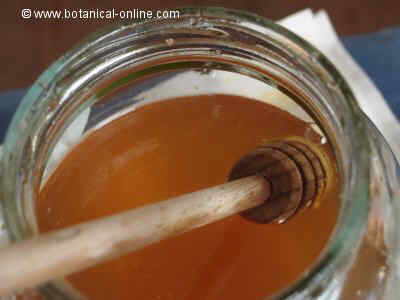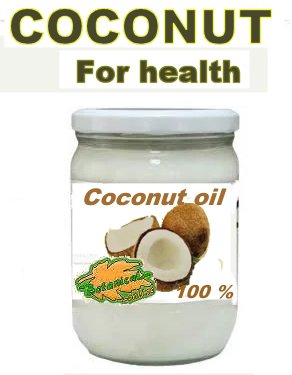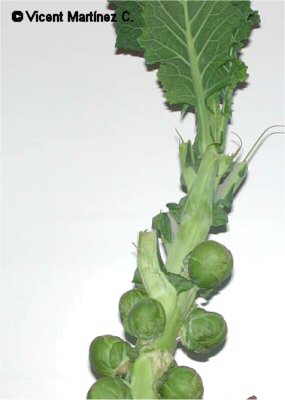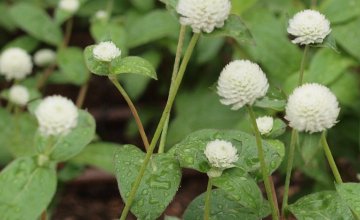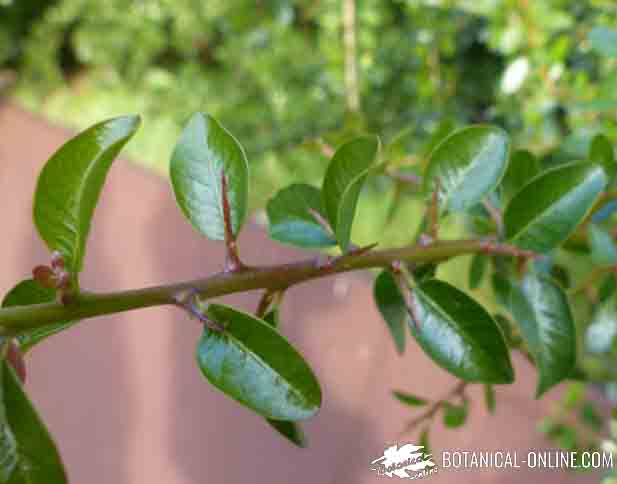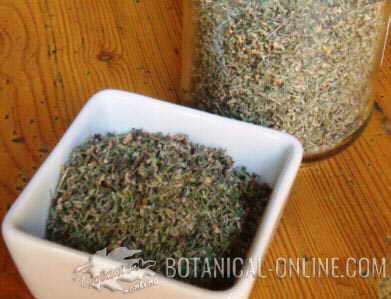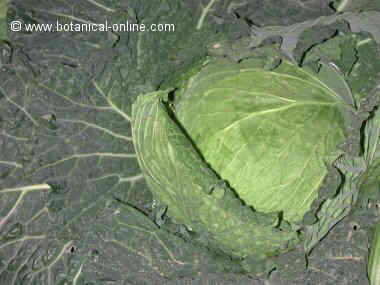Properties of the beech fruits (Beech nuts)
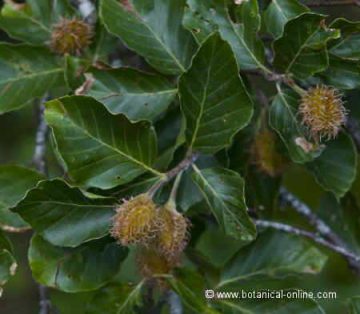
What are beech nuts?
Beech nuts are the fruits of beech (Fagus sylvatica). They are shaped like a green bag about 2 or 2.5 cm in diameter.
The outer part is covered by a dome with a papyrus texture and endowed with hardened filaments similar to spikes. The dome has 4 valves that, when opened, reveal the fruits.
The fruits, at first, are closed, but, when autumn arrives they ripen and open, revealing the seeds inside. When ripening, the fruits of the beech gradually fall to the ground with its dome.
Beech seeds are edible . To do this, once collected, the outer dome and the shell must be removed previously.
When they are clean, they are allowed to dry or roast. They can be seasoned with salt. Its flavor is very similar to hazelnut.
Uses of beech nuts
For human food, two products can be extracted from beech nuts: Flours and oils.
- Beech nut flour is obtained from the seeds once they have been cleaned from their outer crusts and are dried or cooked. Bread, cakes, etc. can be made with this flour. This flour is usually combined with other flours, such as wheat flour, to make it more palatable.
- Beech nut oil is obtained by pressing the seeds. It is a kind of good-tasting oil with a taste similar to olive oil. It is mainly composed of unsaturated fatty acids of which it contains 79%. It is an oil that has a great resistance to the passage of time since it does not become rancid until after more than 10 years.
Beech nut oil is not widely used today, but it was widely used in Italy in the nineteenth century in times when olive oil was lacking. France and England also used this type of oil routinely in the past, not only for cooking but as fuel to light the lamps.
Beech nuts for pigs
Beech nuts are very rich in protein and vegetable oil so they are an ideal food for fattening pigs. In fact, some beech forests in central Europe were planted during the Middle Ages so that pigs could eat their fruits under these trees.
The leaves and fruits of the beech have been one of the wild foods most used in animal feed until industrial feed appeared.
Can you eat beech nuts?
A very caloric and protein food
Beech nuts contain many calories as a result of their richness in fat (half their weight) and carbohydrates (⅓ part of their weight). As most nuts are foods with great satiating power, ideal for those who need to have a food that provides a lot of energy. (People who make considerable physical efforts, growing children, workers who work in heavy work, athletes, etc.)
On the other hand, those who wish to lose weight should be very cautious when including this food in their diet.
In addition to calories, they also contain enough protein.
Beech nuts to regulate the heart and blood pressure
These fruits are rich in potassium that counteracts their considerable amount of sodium so they help regulate the level of fluids in the body. Eaten wisely, they are adequate to lower or control high blood pressure and regulate heart rate.
They also contain enough iron and manganese. The first mineral makes them useful in the prevention or treatment of iron deficiency anemia. Manganese is another mineral that is involved in very important functions such as acting as an antioxidant, intervening in the production of bones, cartilage, nails or hair, or in blood clotting.
Beech nuts for the nerves
These fruits contain a considerable amount of vitamin C, but they are especially interesting because of their high vitamin B content, so they are very suitable for maintaining the nervous system.
Smokers, drinkers, pregnant people, strict vegetarians or the elderly are groups that can present greater deficiencies of this vitamin. Eating beans can help them maintain their adequate vitamin B levels.
Beech nuts are fruits with very healthy oils
Beech nuts are rich in unsaturated fatty acids (Omega 3 and Omega 6). This will determine that eating them can help control »bad» cholesterol levels, fluidize the bloodstream by preventing the formation of thrombi, or improve the symptoms of some inflammatory diseases such as arthritis, psoriasis, etc.
No less interesting is to use the oil obtained under pressure from the beech seeds. Because of its richness in unsaturated fatty acids, it constitutes a source of health. It is better to take it raw to take advantage of all its virtues.
Beware of allergies and raw beech nuts
Despite all the benefits of beech nuts, some people are allergic to the consumption of these fruits and other nuts, so their consumption can cause adverse reactions. Therefore, being an unusual fruit, it is recommended to eat very little at the beginning and personally verify the reaction of each individual to their consumption.
Cases of intoxication have been described in people who have eaten raw beech nuts in considerable quantities, so these fruits should be roasted to eliminate a substance similar to saponin that can cause these poisonings. The oil is not considered toxic.
Composition of beech nuts
| Composition of beech nuts per 100 gr. | |
| Water | 6, 6 g |
| Calories | 576 kcal |
| Fat | 50 g |
| Protein | 6,20 g |
| Carbohydrates | 33, 50 g |
| Fiber | 0 mg |
| Potassium | 1017 mg |
| Phosphorus | 0 mg |
| Iron | 2, 46 mg |
| Sodium | 38 mg |
| Magnesium | 0 mg |
| Calcium | 1 mg |
| Copper | 0, 67 mg |
| Zinc | 0, 36 mg |
| Manganese | 1, 341 mcg |
| Vitamin C | 15,5 mg |
| Vitamin A | 0 UI |
| Vitamin B1 (Thiamin) | 0,304 mg |
| Vitamin B2 (Riboflavin) | 0, 371 mg |
| Vitamin B3 (Niacin) | 0, 877 mg |
| Vitamin B6 (Pyridoxine) | 0, 684 mg |
| Vitamin E | 0 mg |
| Folic acid (Folate) | 113 mcg |
![]() More information on beech
More information on beech

